Dobsonian telescopes are basically Newtonian telescopes in an altazimuth mount. This configuration is named after John Dobson, credited as its inventor, who made it famous with his "sidewalk astronomy" initiatives.
The spirit behind this approach is to have large telescopes (light buckets) in an as-simple-as-possible mechanical structure. The keywords for Dobsonian telescopes are large, portable, and low-cost. These features made them pretty common among amateur astronomers.
Altazimuth mounts are not so difficult to build and are very intuitive to use: just rotate (azimuth) the telescope in the direction of the object you want to see and raise or lower the pointing (altitude) until the object is in the centre of the finder field.
However, if the axes' movements are not smooth enough (low friction and, more importantly, comparable static and dynamic friction), things become quickly hard; and building smooth mechanics is a hard-to-learn art for DIYers...
Furthermore, altazimuth mounts have a 'hard point' near the zenith because the closer an object is to the azimuth, the harder it is to guess its azimuth.
Ball-scopes, on the other hand, have a very simple mechanism: think of them as a ball on top of a cylinder (the diameter of the cylinder must be large enough for the ball not to fall outside and small enough for the ball not to fall inside). With no azimuth and elevation to guess, there are no "blind spots" and the freedom of movement is total, meaning that you can reach an object from any direction - no constrained movement.
Bonus feature, you can rotate the telescope along its main axis to bring the ocular to the most comfortable position.
There is also another feature, which is not of interest in this context: ball-scopes are easy to motorise to add automatic sidereal motion.
However, there is one main drawback that makes these telescopes uncommon: they are bulky in relation to the size of the primary mirror because you need a ball whose diameter is roughly 3/2 the mirror diameter to reach lower altitudes (and it is not easy to find a ball big enough).

At least, this WAS the drawback. In 2014, I realized that, if you tilt the primary mirror, half of a sphere is enough. As I found later, I was not alone in this discovery, but it is still a little-known finding.

I am a terrible DIYer. I usually do not care about my builds looking "professional". I have only a few tools and am not very skilled in using them. However, I was able to complete this project successfully, and I am still a happy user of this telescope. I think this gives hope to everyone who wants to try this endeavour!
I built this telescope in 2014. I made some little changes in these years, mainly to allow me to bring it on the plane during travels.
Amateur astronomers say that a 30-cm telescope is the biggest of the small ones and the smallest of the large ones. It is still light enough to be easily portable. The next step is usually a 40 cm (16"), which is another story. I can easily fit it in half of the trunk of my car (a small one - European style) and I still have room for the luggage for a weekend away with my family.
I started with a cheap 30 cm closed-tube Dobsonian. I found that collecting parts from it was much cheaper than buying individual components; I could even sell most of the leftovers.
I was also lucky enough to find a cheap IKEA pendant lamp based on a hemisphere of 45 cm in diameter: it was perfect for a 30cm primary mirror! Unfortunately, they are discontinued. However, I think that finding something similar from another shop should not be that hard.
Here you can see the result, together with the "collimation system", i.e. the mechanism that allows the small mirror adjustments necessary to bring the optics into alignment.
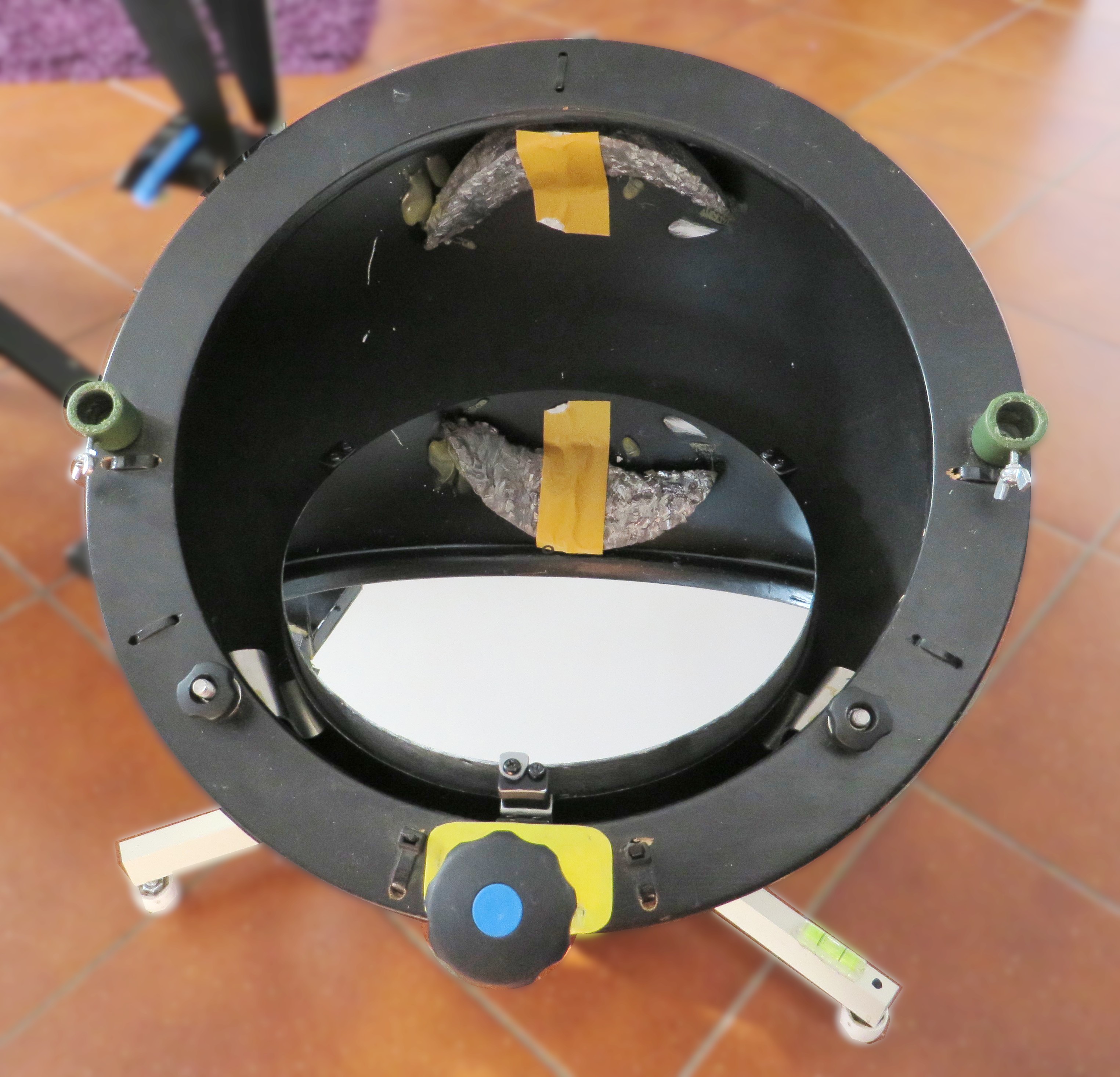

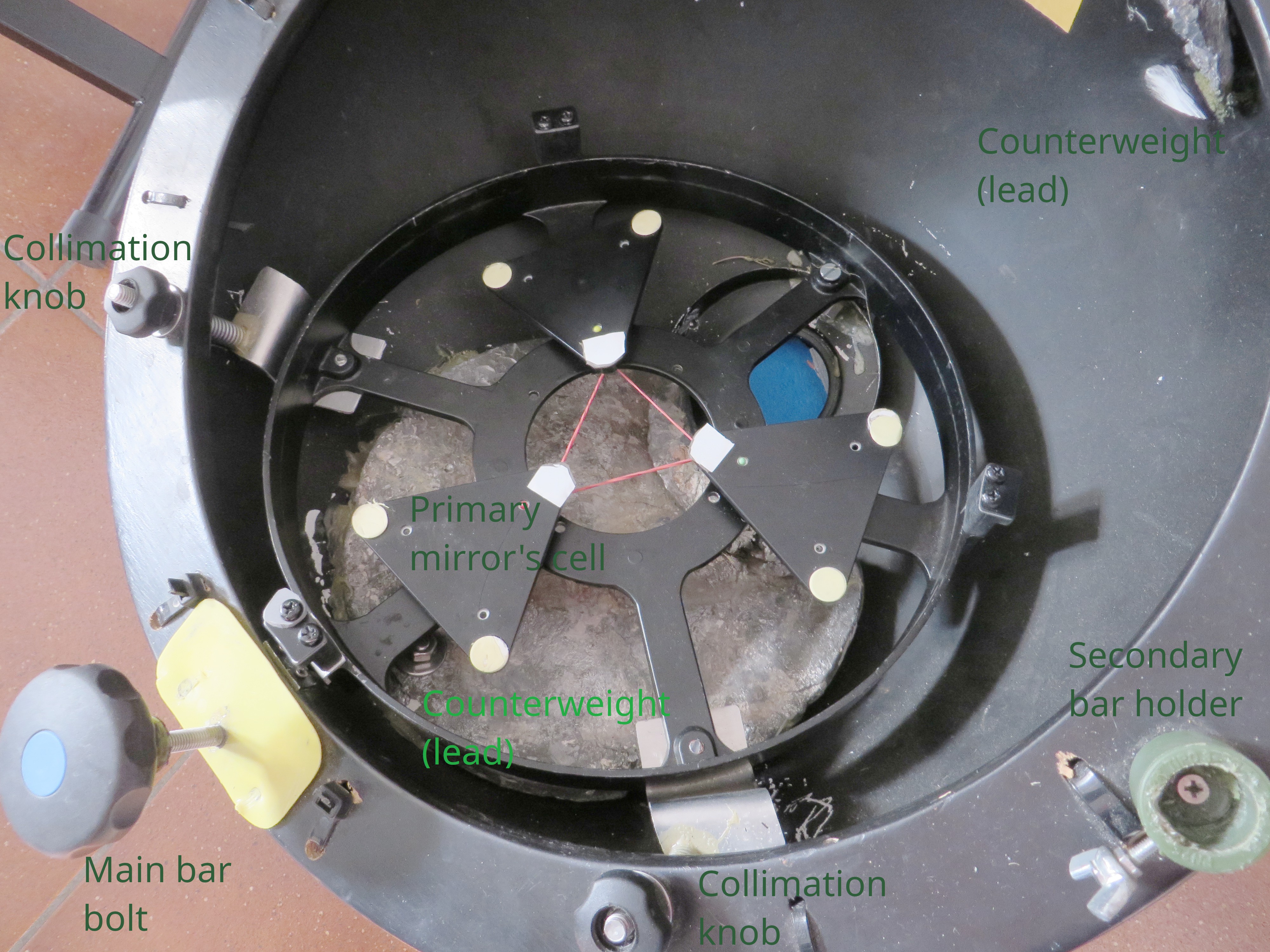
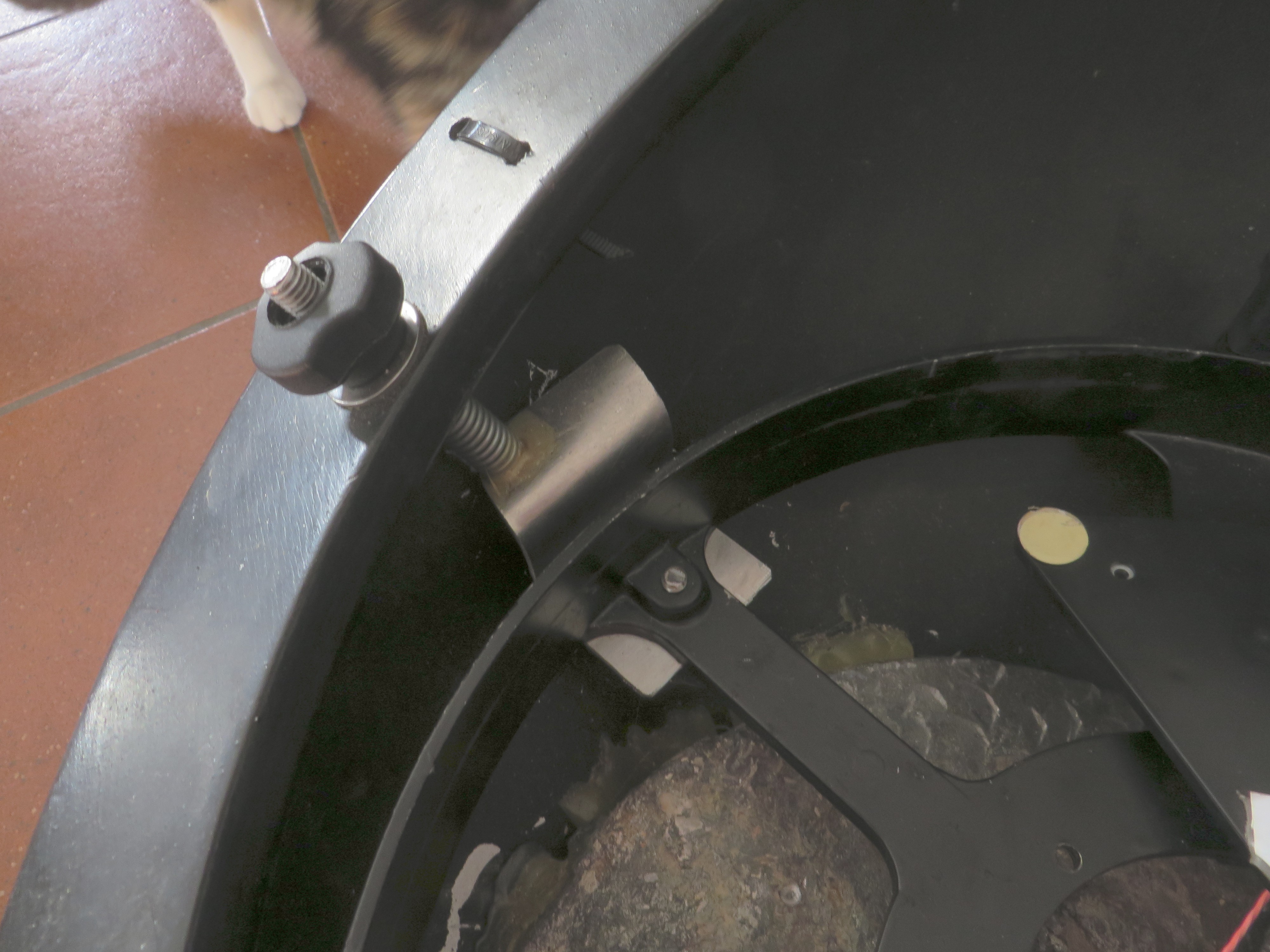
Regarding the "upper assembly tube", I chose another uncommon solution: a main bar with two small bars. It is easy and fast to assemble and disassemble,...
Read more » Andrea Console
Andrea Console
 Supplyframe DesignLab
Supplyframe DesignLab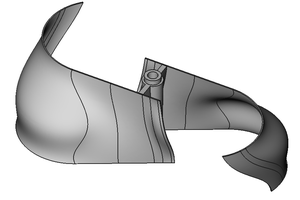
 MW Motors
MW Motors
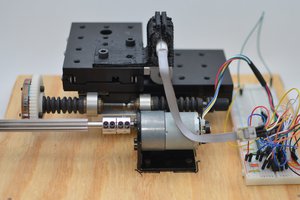
 Owen Trueblood
Owen Trueblood
This hand-made 12" (30cm) ball-scope sounds like a fascinating and unique telescope design! I love the idea of having large telescopes in a simple mechanical structure. It's impressive that it's comparable in weight and size to classic portable Dobson's, yet easier to build and more manageable. see more for details https://calculatepoint.com/8x10-inches-in-cm-easy-conversion/